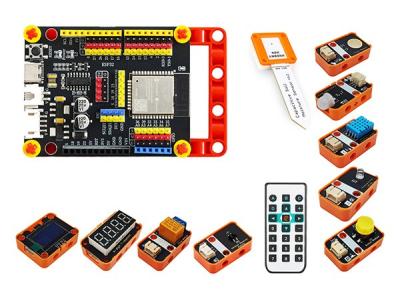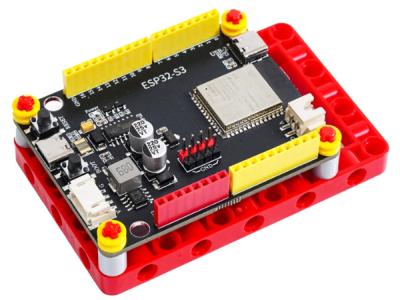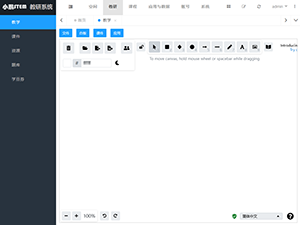Micropython基于ESP32的多线程开发
本文学习如何使用ESP32开发板来进行多线程的开发。
环境
ESP32 + Thonny IDE
单任务
我们先来看看单任务单线程,从上到下依次执行,先是每隔1秒打印1个1,然后是每隔1秒打印1个2
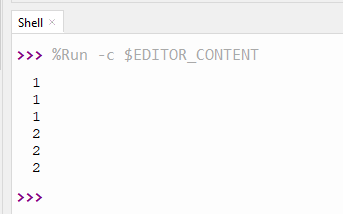
多任务
我们再来看看多任务,多任务感觉上去程序可以同时执行多个不同的代码,例如多个while循环同时执行。
第1个参数,函数的引用,理解为线程要到哪里执行代码
第2个参数,元组,要给线程执行函数的实参,必须是元组
第3个参数(可有可无),命名参数,给线程执行函数的实参。如:1=9。
输出为:
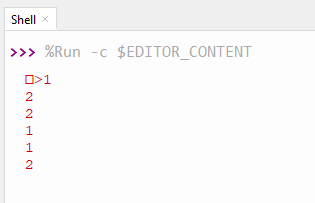
MicroPython中的多线程
我们可以使用_thread来在ESP32中开发多进程的代码。如下:
运行结果:
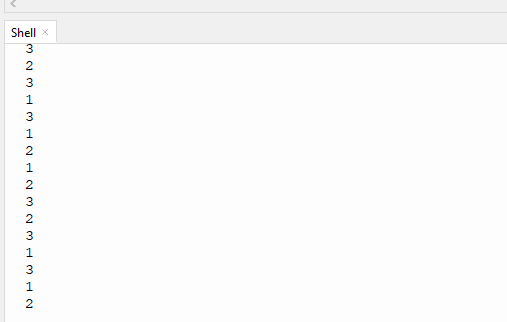
六、建议
在ESP开发板中,如果不是必须不建议使用多线程,因为我们的开关板存储和执行性能有限,多线程会带来大的开销,所以开发过程中我们要合理的安排。
————————————————
原文链接:https://blog.csdn.net/zhusongziye/article/details/128063353
ESP32 + Thonny IDE
单任务
我们先来看看单任务单线程,从上到下依次执行,先是每隔1秒打印1个1,然后是每隔1秒打印1个2
import time
for i in range(3):
print("1")
time.sleep(1)
for i in range(3):
print("2")
time.sleep(1)
多任务
我们再来看看多任务,多任务感觉上去程序可以同时执行多个不同的代码,例如多个while循环同时执行。
import _thread
import time
import sys
import machine
def test1(*args, **kwargs):
for i in range(3):
print("1")
time.sleep(1)
def test2(*args, **kwargs):
for i in range(3):
print("2")
time.sleep(1)
# 此处创建2个线程
thread_1 = _thread.start_new_thread(test1, (1,))
thread_2 = _thread.start_new_thread(test2, (2,))第1个参数,函数的引用,理解为线程要到哪里执行代码
第2个参数,元组,要给线程执行函数的实参,必须是元组
第3个参数(可有可无),命名参数,给线程执行函数的实参。如:1=9。
输出为:

MicroPython中的多线程
我们可以使用_thread来在ESP32中开发多进程的代码。如下:
import _thread
import time
import sys
import machine
# ---------- 这是一个线程要执行的代码 ------------
def test1(*args, **kwargs):
while True:
print("1")
time.sleep(1)
# ---------- 这是另一个线程要执行的代码 ------------
def test2(*args, **kwargs):
while True:
print("2")
time.sleep(1)
# ---------- 这里创建线程 ------------
thread_1 = _thread.start_new_thread(test1, (1,))
thread_2 = _thread.start_new_thread(test2, (2,))
# ---------- 这是主线程要执行的代码 ------------
while True:
print("3")
time.sleep(1)运行结果:

六、建议
在ESP开发板中,如果不是必须不建议使用多线程,因为我们的开关板存储和执行性能有限,多线程会带来大的开销,所以开发过程中我们要合理的安排。
————————————————
原文链接:https://blog.csdn.net/zhusongziye/article/details/128063353
- 本文内容来自网络,如有侵权,请联系本站处理。
涨知识

LED
发光二极管,简称为LED,是一种常用的发光器件,通过电子与空穴复合释放能量发光, 发光二极管可高效地将电能转化为光能,在现代社会具有广泛的用途,如照明、平板显示、医疗器件等。
评论:
相关文章
【ESP32 C++教程】Unit1-2 C++类基础知识
本小节主要介绍C++ 类相关的基础知识,包括类的定义、继承、多态,范围作用域等。

【ESP32 C++教程】Unit1-1 开发环境准备
本讲主要介绍VSCode Arduino开发环境的搭建,及与Arduino IDE开发环境的比较。

ESP32 WebServer库处理表单请求
本文主要讲解WebServer库如何来处理表单请求。
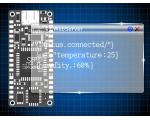
在esp32上运行WebServer
WebServer是非常常用的一个功能,在设备上使用该功能可以直接通过浏览器访问和操作设备。
Arduino-ESP32与ESP-IDF的版本对应表
Arduino-ESP32与ESP-IDF的版本对应表。
Arduino-ESP32文件系统全解析:SPIFFS、LittleFS、SD卡操作
Arduino-ESP32提供了多种文件系统解决方案,本文将深入解析SPIFFS、LittleFS和SD卡三种主流存储方案,帮助你做出最佳选择。
ESP32-P4-WIFI6开发板
ESP32-P4-WIFI6-DEV-KIT是一款微雪(Waveshare)设计的基于 ESP32-P4 的多媒体开发板,并集成 ESP32-C6,支持 Wi-Fi 6 和 BLE 5 无线连接。它提供丰富的人机交互接口,包括 MIPI-CSI (集成图像信号处理器 ISP)、MIPI-DSI、SPI、I2S、I2C、LED PWM、MCPWM、RMT、ADC、UART 和 TWAI 等。
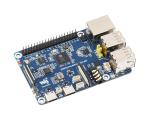
ESP-Hosted 入门介绍 &使用指南
ESP-Hosted 解决方案提供了将 ESP 板用作 Wi-Fi 和 Bluetooth/BLE 连接的通信处理器的方法。
设备上云太麻烦?ESP-Hosted一站触达!
ESP-Hosted 提供了一种将ESP芯片和模组用作通信协处理器的解决方案,该解决方案为主机微处理器或微控制器提供无线连接,使主机能够与其他设备通信。简单来说为网卡方案。





